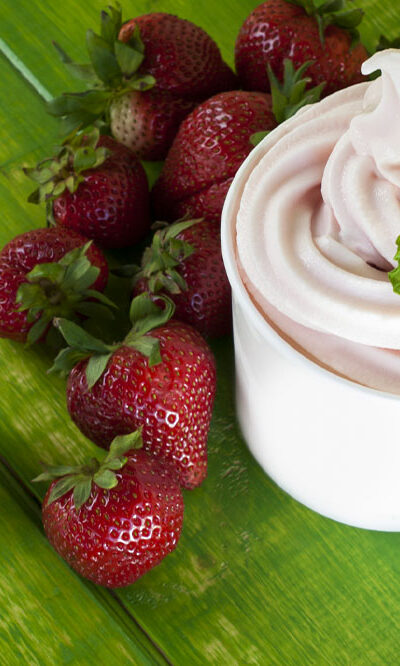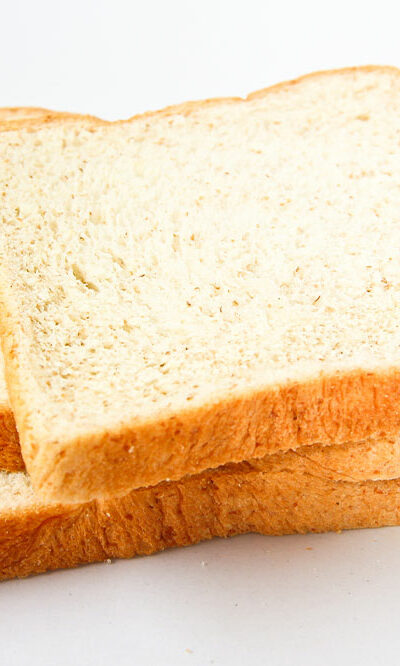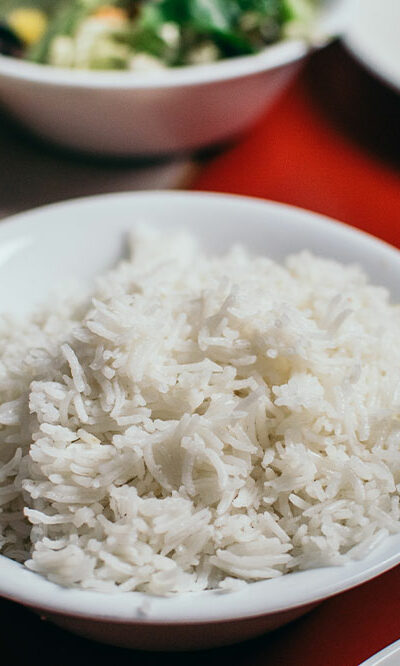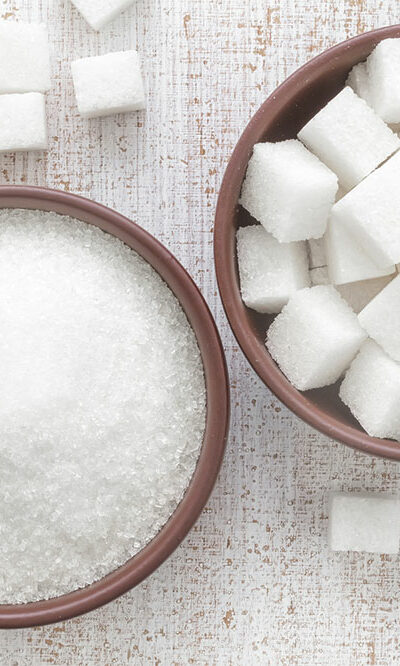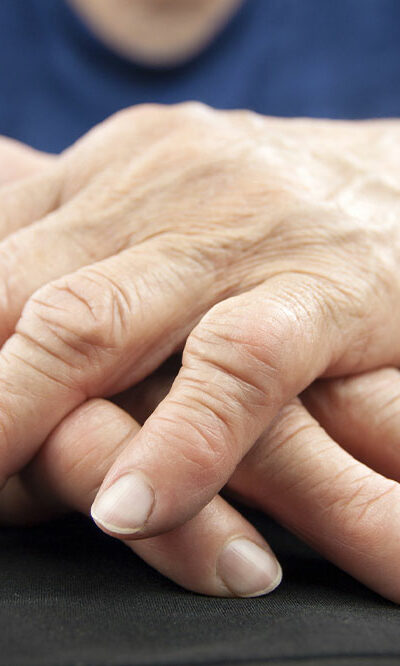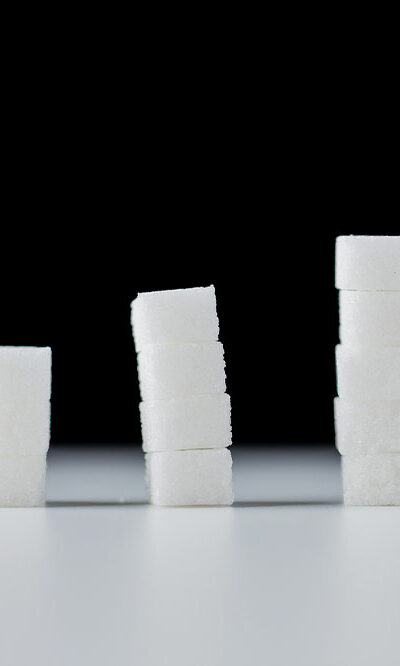
5 things to avoid before bed for better sleep
You may experience nights where no matter how tired you feel, your mind refuses to let you sleep. This could happen despite going to bed at a reasonable hour after a tiresome day. You might even buy a mattress from popular brands like Tempur-Pedic, Sleep Number, Saatva, Essentia, or Wilderness RV Mattress and yet lack eight hours of sleep. So, if you want a good night’s rest, avoid doing these five things before sleeping: 5 things to stay away from before going to bed Using electronics Nine times out of ten, people scroll through various social media sites after getting into bed. The blue light from the gadgets and the constant stimulation from the media keep your mind awake and make it difficult to fall asleep early. Instead of reaching for your phone or laptop before bed, reach for a calming book to get a good night’s sleep. Eating a large, heavy meal Consuming an entire pizza or a couple of tacos may not be the best idea to eat right before hitting the bed. Our digestive system is meant to rest while we sleep. The process of digestion is also the slowest at night, and a heavy meal can cause complications like disturbed sleep. Additionally, eating a heavy meal just before sleeping can trigger heartburn, acidity, and acid reflux. Acid reflux is characterized by the stomach occasionally sending digestive acids to the esophagus. Avoid having more than a few drinks five to six hours before bedtime if you have bladder problems. Large, heavy meals have also been associated with daytime sleepiness. Consuming foods high in fats may increase the likelihood of post-meal tiredness, while carbohydrate-rich foods could increase the perceived amount of postprandial fatigue. Moreover, foods rich in tryptophan could promote sleep. Therefore, eating meals loaded with these properties could make one sleepy or cause one to sleep during the day and stay awake through the night.


